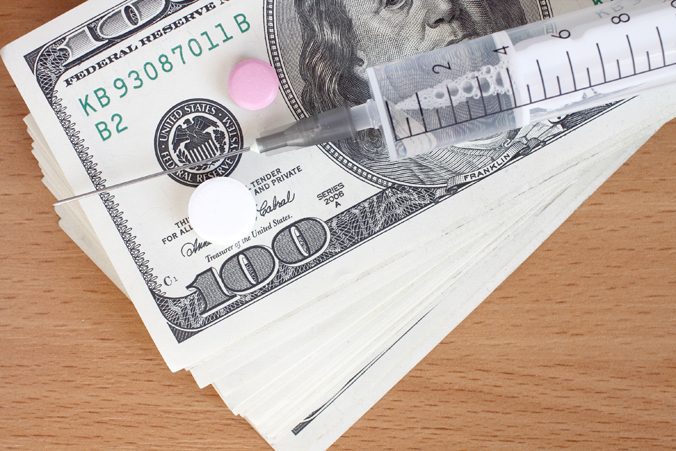MS treatment costs nearly tripled from 2011 to 2017
Prescription costs of disease-modifying therapies for multiple sclerosis in the Medicaid program nearly tripled from 2011 to 2017, despite the introduction of a generic medication, according to study findings published in Neurology, the medical journal of the American Academy of Neurology.
“High drug prices affect how insurers preferentially cover medications which in turn can impact how and when patients access needed therapies,” Daniel M. Hartung, PharmD, MPH, associate professor in the Oregon State University College of Pharmacy, told Healio Primary Care. “Patients and their doctors often navigate a labyrinth of administrative hurdles to secure medications that work best for them.”
Hartung and colleagues used Medicaid State Drug Utilization Data from 2011 through 2017 to determine trends for 15 MS disease-modifying therapies (DMTs) in spending, utilization and prescription costs. Both brand-name glatiramer acetate (Copaxone; Teva Pharmaceuticals) and generic versions of glatiramer acetate were included in the study.
Researchers conducted an interrupted time series regression to determine how market entry of Sandoz’s generic version of glatiramer acetate in 2015 impacted the cost of other self-administered DMTs.

They found that the total spending within the Medicaid program on DMTs grew from $453 million in 2011 to $1.32 billion in 2017.
Although net spending per year was lower after researchers adjusted for the average rebates paid to Medicaid, it still more than doubled during the study period — from $278 million in 2011 to $600 million in 2017.
Researchers noted that some of the increase was driven by ACA Medicaid expansion in 2014, but spending per enrollee still doubled from $2 in the beginning of 2011 to $4.06 at the end of 2017.
During the study period, total utilization of the drugs remained stable, but use shifted from self-injectable therapies to oral DMTs.
The introduction of Sandoz’s generic glatiramer acetate was linked to an immediate increase in cost per prescription of $441 (95% CI, 184-697) for brand-name glatiramer acetate. Over time, there was a gradual decrease in this trend by $52 per prescription (95% CI, –86 to –18).
Researchers explained that prior to the introduction of the generic drug, the manufacturer of branded glatiramer acetate shifted nearly half of its market share from a 20 mg dose to a 40 mg dose, which was not interchangeable with the generic form. Additionally, the cost of the generic was only 15% less than the 20 mg dose and was about the same price as the 40 mg dose.
“We found that introduction of the first generic had a minimal impact on the overall trajectory of pricing among the other agents and its effect on utilization was blunted by efforts by Teva Pharmaceuticals to aggressively move market share to different formulation of Copaxone [glatiramer acetate] in the 18 months prior to its introduction,” Hartung said.
A second generic glatiramer acetate was introduced by Mylan in October 2017, and by the end of that year 36% of all glatiramer acetate was generic, according to the researchers.
The price of Mylan’s generic was changed after the study period, making it the lowest-cost DMT for MS on the market. However, the authors noted more robust generic competition for these drugs is still needed. – by Erin Michael
Disclosures: Hartung serves as a consultant for MedSavvy and receives research support from AbbVie. Please see study for all other authors’ relevant financial disclosures.
